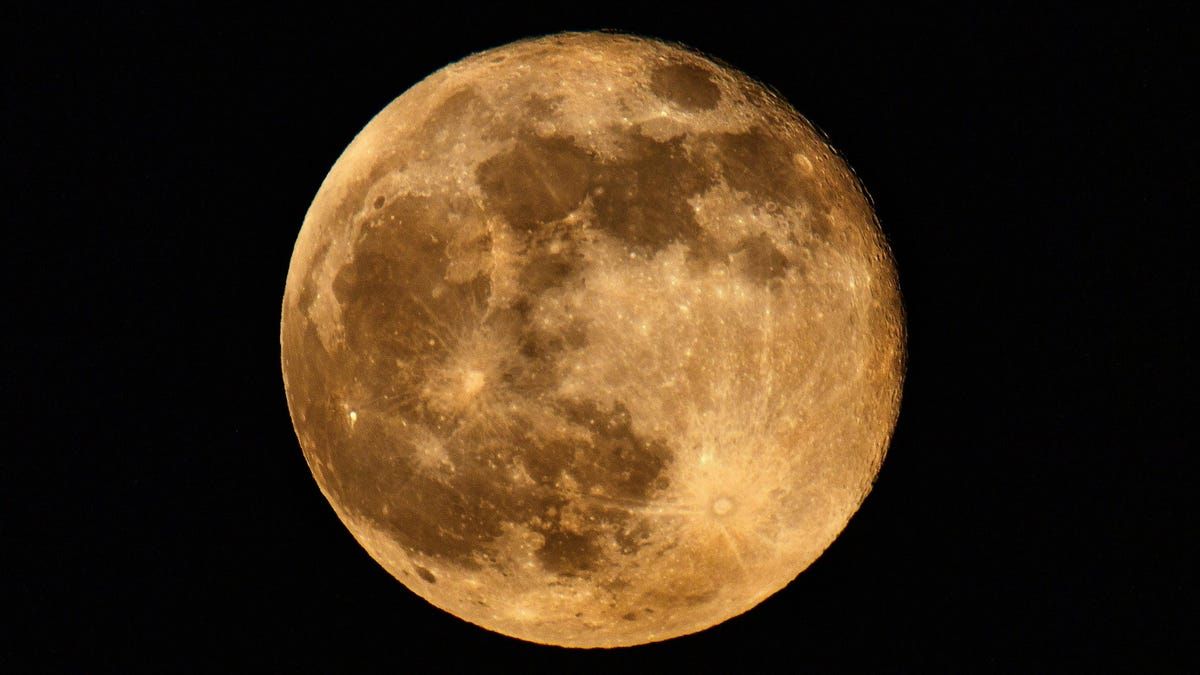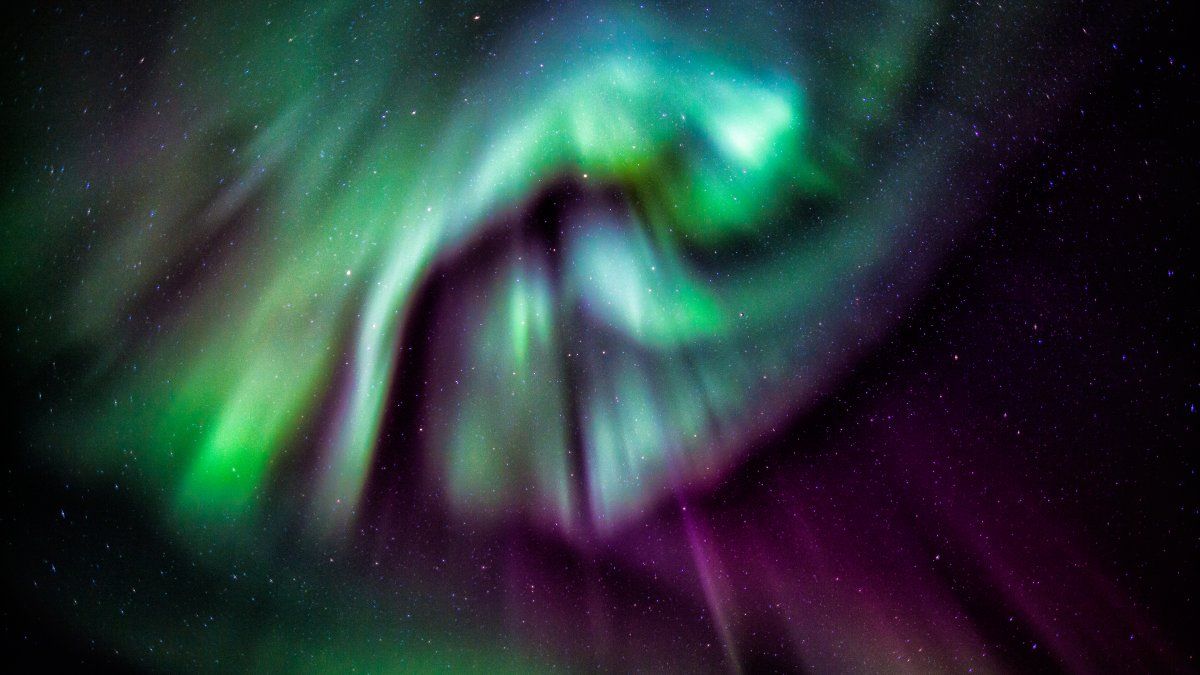August's Supermoon Duo Begins with Tuesday's 'Sturgeon Moon'
August will kick off with a full supermoon, which is set to rise less than 226,000 miles (363,300 kilometers) from Earth tomorrow night.
Supermoons happen when a full M oon occurs within 90% of the Moon’s closest approach to Earth in its orbit, or its perigee, according to NASA. Supermoons typically happen three or four times per year, but this month is special.
Advertisement
August will start with a full supermoon and conclude with another, rising on August 30. Sure, it’s not the very last day of the month, but the near-perfect lunar bookends to August are still a matter of very fortunate timing.
According to PBS, the last time two full supermoons occurred in the same month was in 2018, and such a double feature won’t happen again until 2037.
Advertisement Advertisement
The first supermoon will be approximately 222,158 miles (357,530 km) from Earth and the second will be slightly closer, around 222,043 miles (357,344 km) from us, according to Fred Espenak’s full supermoon table.
There are plenty of nicknames for the different flavors of full M oon, some of which are applicable to multiple kinds of M oons. There’s the s uper b lood M oon, h a rvest M oon, and w olf M oon, to name a few.
What Makes a Supermoon Super? (Animation)
This August’s supermoons are a s turgeon M oon and a b lue M oon, respectively, according to the Old Farmer’s Almanac. The latter full M oon is called a blue M oon because it’s the second full moon in a month, not because it appears blue. As for the S turgeon Moon , NASA describes it thusly:
The Maine Farmer’s Almanac began publishing Native American names for the full moons in the 1930s, and these names have become widely known and used. According to this almanac, as the full moon in August, the Algonquin tribes in what is now the northeastern United States called this the Sturgeon Moon after the large fish that were more easily caught this time of year in the Great Lakes and other major bodies of water. This Moon was also called the Green Corn Moon.
Advertisement
August’s supermoons are two of four supermoons occurring in a row this year; s upermoons always appear consecutively, according to NASA. The first supermoon of the year was the night of July 2, and the last supermoon in the sequence will rise the night of September 28.
According to EarthSky, there will also be four consecutive supermoons in 2024, one occurring per month from August through November.
Advertisement
However, this month’s supermoons are superlative. The blue supermoon will be the closest to Earth this year, and the last monthly blue M oon until May 2026. It’s also the closest a supermoon will be to Earth until November 2025.
So ready your telescopes and hope for clear skies. August is set to be a month to remember.
Advertisement
More: What to Know About Lunar Gateway, NASA’s Future Moon-Orbiting Space Station
Source: Gizmodo


